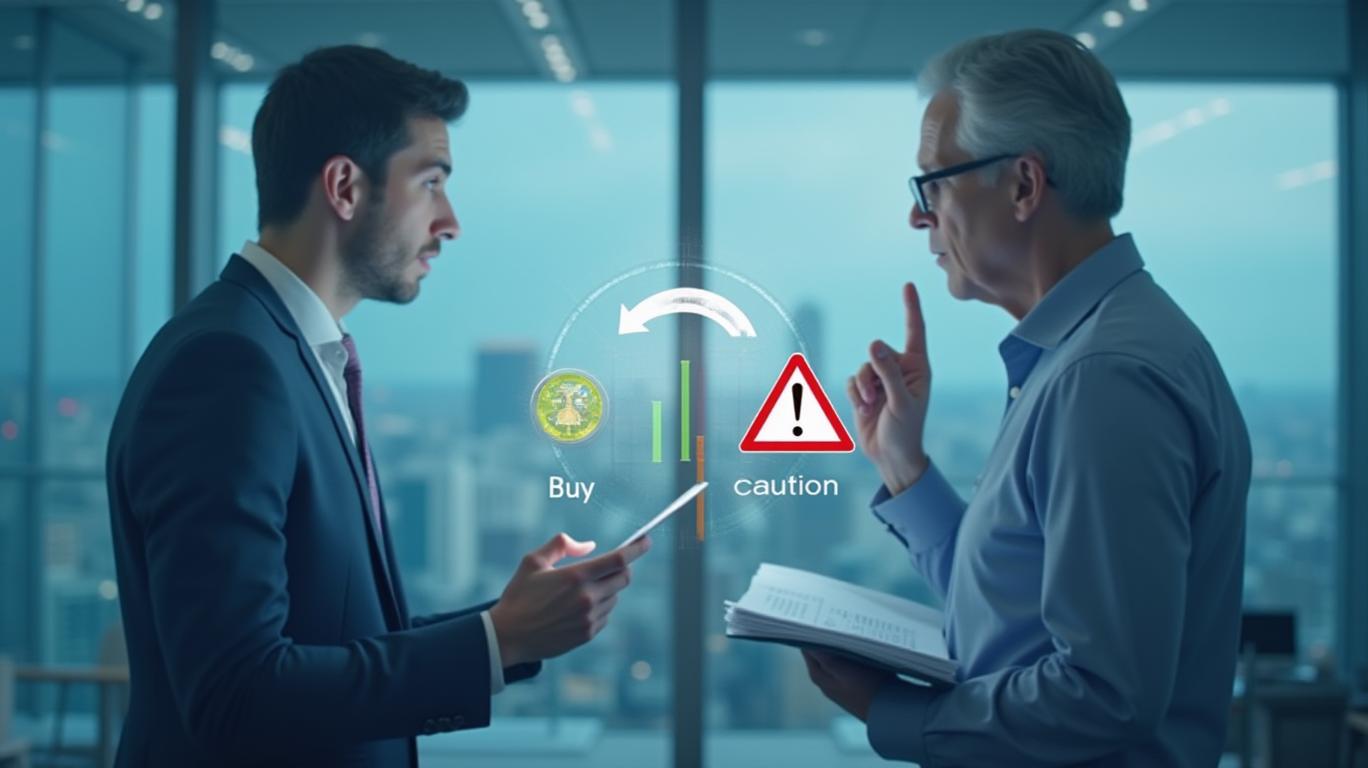Sanofi’s Share Structure Shift: A Strategic Gamble on Value or a Recipe for Dilution?
The pharmaceutical giant
has embarked on a bold restructuring of its capital stack, announcing a €5 billion share buyback program in April 2025 amid robust financial performance and a perceived undervalued stock. While the move aims to boost shareholder returns and streamline its equity base, the question remains: Does this strategic realignment signal confidence in Sanofi’s future, or does it mask risks of stake erosion and overextension?
The Buyback Play: Reducing Shares, Boosting EPS—Or Just Smoke and Mirrors?
Sanofi’s April 2025 buyback targets a 4.1% reduction in shares outstanding, from 2.5 billion to ~2.4 billion, at a time when its stock trades at a P/E of 13.5—below peers like Pfizer (17.2) and Merck (21.1). The math is simple: fewer shares mean higher EPS growth, which could lift the stock toward sector averages. But the devil lies in the details.
Critically, Sanofi’s buyback is paired with two major capital allocation moves:
1. The Opella Sale: A divestiture of a controlling stake in its cell therapy unit to fund growth.
2. The DR-0201 Acquisition: A bispecific antibody for immunology, signaling a bet on high-margin therapies.
These moves suggest Sanofi is prioritizing strategic M&A and R&D over debt reduction—a shift from its historically conservative stance. Yet, this reallocation raises risks. Dupixent, its blockbuster drug accounting for 22% of 2024 revenue, faces generic competition by 2030. If the buyback drains cash reserves without securing long-term pipeline wins, the EPS boost could prove fleeting.
Voting Rights: A Closer Look at Dilution Risks
The company’s share structure reveals a nuanced picture. As of March 2025, Sanofi’s “real voting rights” (excluding treasury shares) stood at 1.35 billion, versus 1.37 billion “theoretical” rights (including treasury shares). This gap of ~15 million reflects shares repurchased but not retired—a tactic to avoid dilution while retaining flexibility for future issuances.
The key question: Will Sanofi retire these treasury shares permanently, or could they be reissued for M&A, further diluting existing shareholders? The company’s recent moves suggest the latter is a possibility. The DR-0201 deal, while promising, could require additional capital, especially if regulatory hurdles arise.
The Balancing Act: Growth vs. Governance
Sanofi’s April AGM underscored its governance evolution. A cash dividend of €3.92 per share (payable May 14) and a board refresh with 78% independence and 50% foreign directors signal a focus on shareholder accountability. Yet, the appointment of Jean-Paul Kress—a former CEO—to the board raises eyebrows. Kress’s tenure saw Sanofi’s stock underperform, hinting at a return to aggressive expansion over steady returns.
The Bottom Line: Buy, Hold, or Bail?
The buyback’s immediate EPS accretion (projected to boost returns by ~4%) and the fortress balance sheet (€8.5 billion net cash) argue for optimism. Analysts’ 6.79% 12-month return estimate reflects market anticipation of upside. However, reliance on Dupixent’s patent cliff and the risk of future dilution via M&A complicate the calculus.
Recommendation: Buy, but with caveats. Investors should monitor two key metrics:
1. Dupixent’s revenue trajectory post-2030.
2. Treasury share utilization: Will Sanofi retire shares or hoard them for deals?
If the company executes on its pipeline (e.g., six 2025 regulatory approvals) and avoids overextending, this buyback could be a masterstroke. But if Dupixent falters or dilution rears its head, Sanofi’s stock may remain undervalued for years.

In the end, Sanofi’s share shift is less a red flag and more a high-stakes gamble—one that could redefine its place in the pharmaceutical pantheon. The verdict hinges on execution, not just arithmetic.

Comments
No comments yet